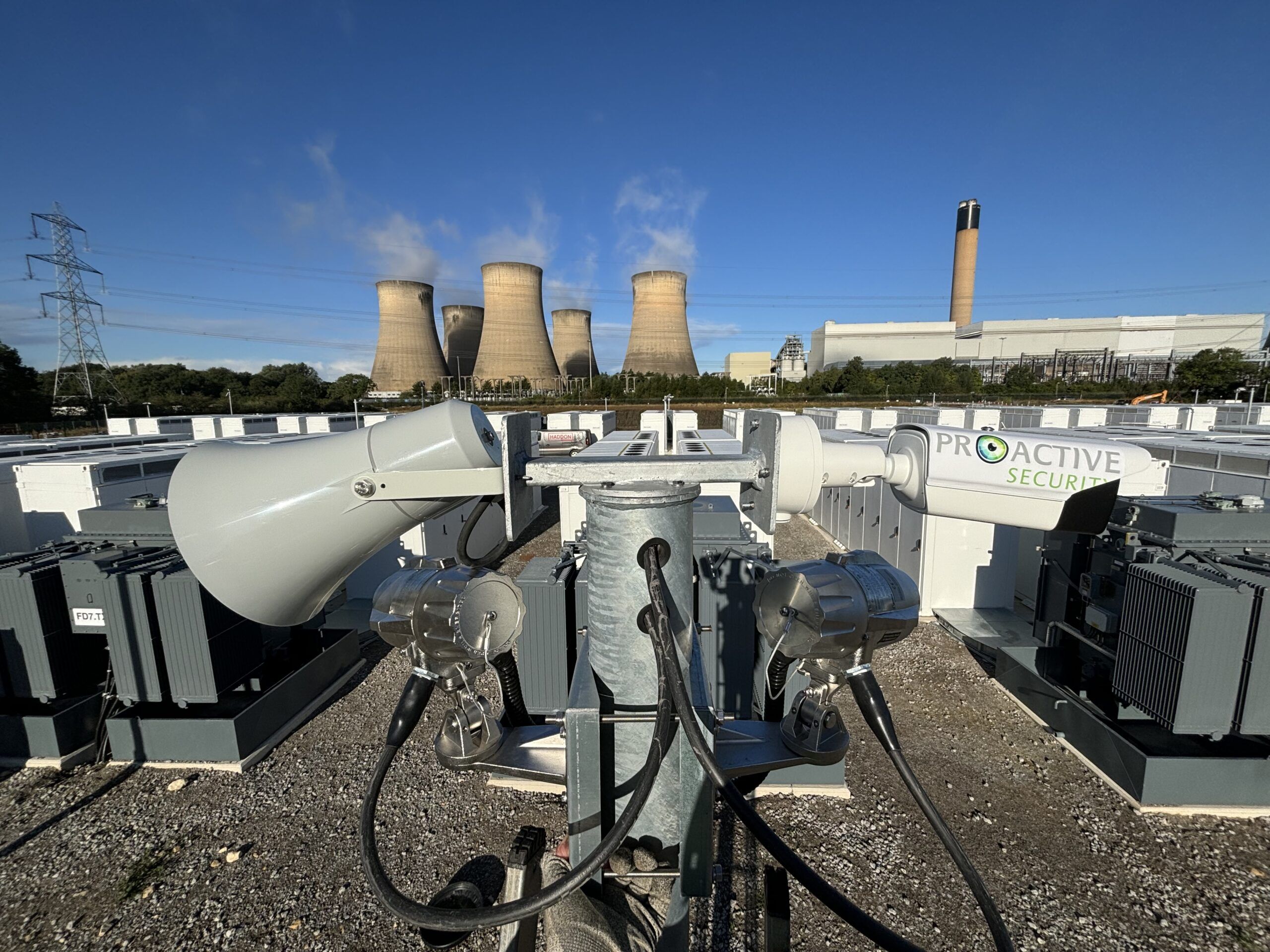Utilising Bi Spectrum Cameras for advanced Detection and Analysis
September 24, 2024
Bi-spectrum cameras integrate two imaging technologies: thermal and visible light (optical) sensors, providing advanced monitoring capabilities. These cameras are widely used in security, industrial operations, and monitoring critical infrastructure because they offer enhanced detection and analysis.
Key Advantages of Bi-Spectrum Cameras for Advanced Security
- Improved Detection in All Conditions:
- Thermal Imaging: Thermal sensors detect heat signatures, allowing the camera to operate effectively in low light or complete darkness. This makes them ideal for nighttime surveillance or areas with limited visibility (e.g., fog, smoke, or adverse weather conditions).
- Visible Imaging: The optical camera provides high-resolution, color imagery for clear identification of individuals, vehicles, or objects during daylight hours. By combining thermal and visible light feeds, operators can monitor environments more effectively.
- Enhanced Threat Detection:
- Bi-spectrum cameras can identify heat sources such as humans or vehicles even when they are hidden or obscured. This makes them valuable for perimeter defense, as they can alert to potential intruders before they are visible on standard optical cameras.
- Many bi-spectrum cameras are equipped with intelligent video analytics, such as motion detection, line crossing detection, and temperature monitoring, enabling automated alerts for abnormal activity.
- Fire and Hazard Detection:
- Thermal sensors in bi-spectrum cameras are excellent for detecting early signs of fire or overheating in industrial settings (e.g., in warehouses or factories). By measuring heat patterns, they can identify hotspots before a fire starts, allowing for rapid intervention.
- These cameras are particularly useful in environments like Battery Energy Storage Systems (BESS), where monitoring for overheating or thermal runaway is crucial for safety.
- Remote Monitoring and Control:
- Bi-spectrum cameras can be integrated into remote monitoring systems, providing operators real-time visual and thermal feeds from multiple locations. This allows for efficient situational awareness across large areas, such as critical infrastructure, construction sites, or border surveillance.
- Cost Efficiency:
- Combining two imaging technologies into a single device reduces the need for separate thermal and optical cameras. This not only cuts costs but also simplifies the setup and maintenance of security systems.
Applications of Bi-Spectrum Cameras
- Critical Infrastructure: Airports, power plants, and government facilities use bi-spectrum cameras to detect unauthorized access, potential threats, and monitor for hazards such as overheating or fire.
In conclusion, bi-spectrum cameras provide a powerful solution for advanced security needs by offering both thermal and optical monitoring in one system, enhancing detection capabilities in various environments and contributing to more proactive and efficient security measures.
